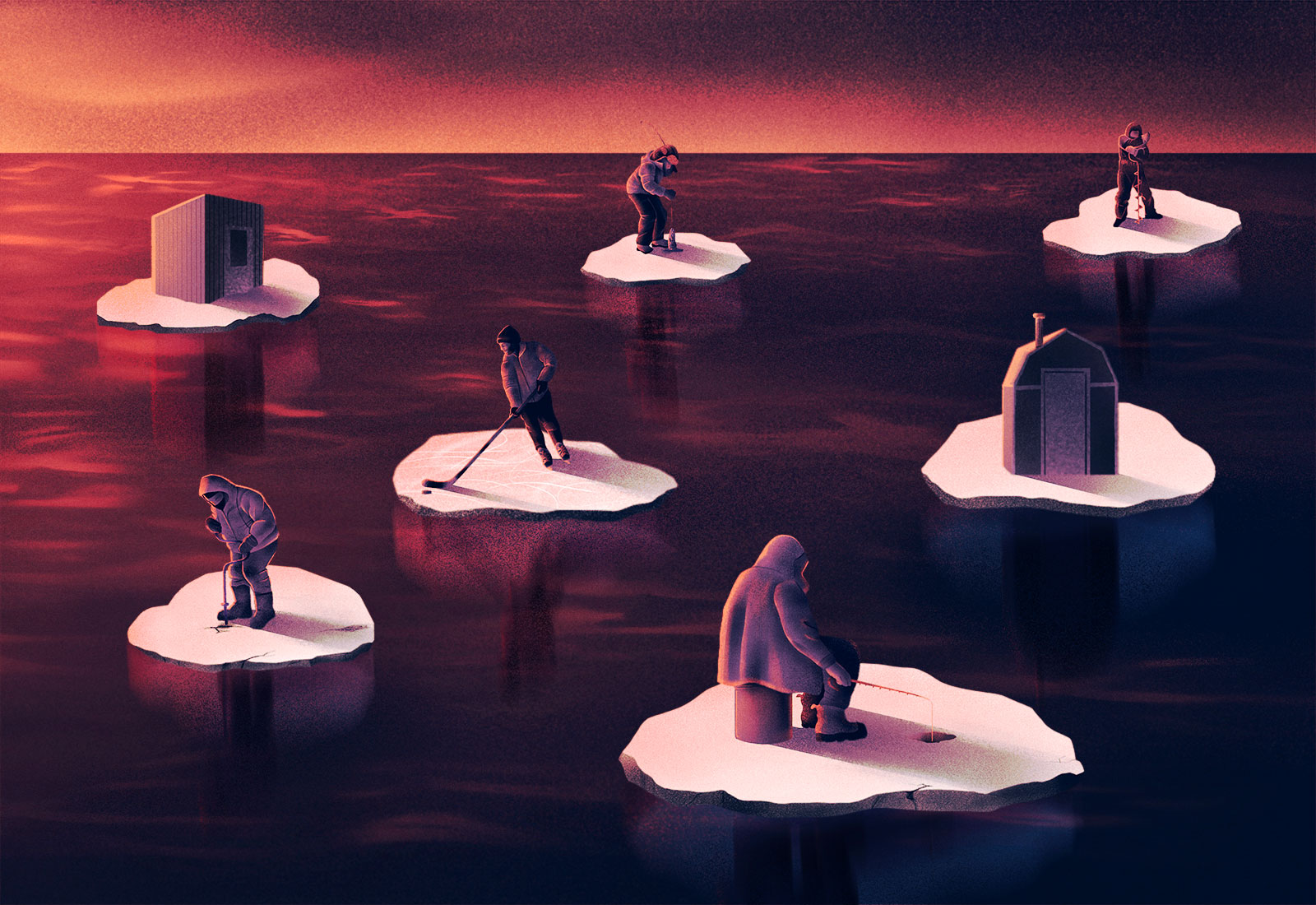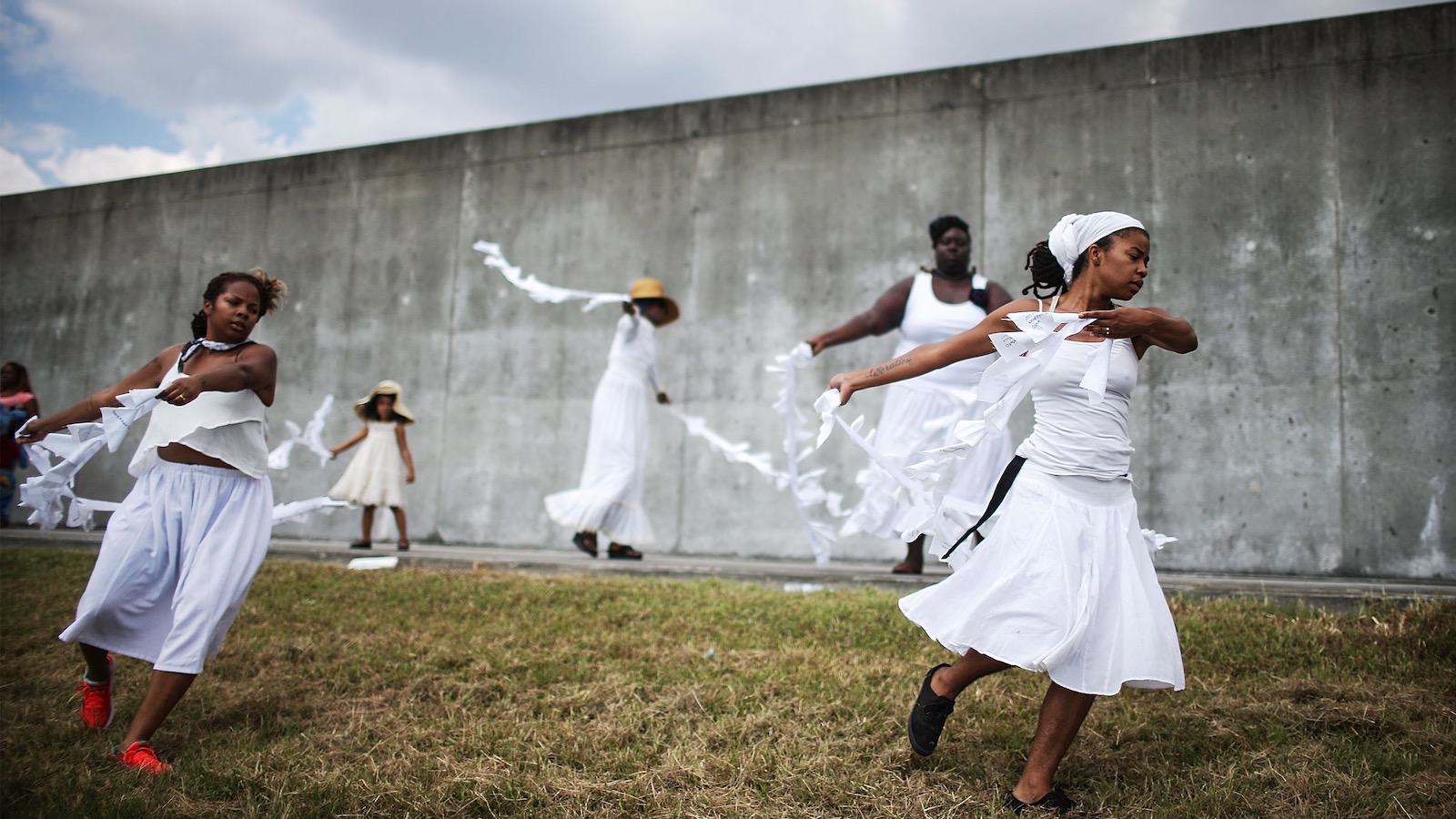
When politicians and planners think about climate adaptation, they’re often considering the hard edges of infrastructure and economics. Will we divert flooding? Should we restore shorelines? Can we fireproof homes? Folklorist Maida Owens believes such questions don’t capture the full picture. When climate disaster comes for the diverse Cajun and Creole fishing communities of Louisiana’s islands and bayous, it has the potential to tear their cultural fabric apart.
“There’s more to community resilience than the physical protection of properties,” Owens, who works with Louisiana’s state folklife program, told Grist.
Radical change is already occurring. Louisiana’s coast is slowly being swallowed by the sea; the Southwest is drying out; Appalachia’s transition from coal has been no less disruptive than a recent battery of floods and storms. These crises, which are unfolding nationwide, interrupt not only infrastructure, but the rituals and remembrances that make up daily life.
The study of those rituals and rememberances may seem like an esoteric discipline, one relegated to exploring quaint superstitions of the past or documenting old men in overalls playing homemade instruments. It’s true that those who study and preserve folklore don’t concern themselves with high art — that is, the sort of thing supported by networks of patronage and philanthropy and gallery exhibitions. Their mission is to record the culture of ordinary people: us. Our jokes, our songs, our spiritual practices, our celebrations, our recipes. Such things are the glue that holds society together, and as the climate changes our ways of life, Owens and her peers say, it’s important to pay attention to how culture adjusts.
Doing that goes beyond the practical question of how people will carry their heritage into a world reshaped by climate change. It requires looking to tradition-bearers – the people within a community who are preserving its customs, songs, and stories and passing them on – for clues to how best to navigate this tumultuous time without losing generations of knowledge. In that way, folklorists across the country increasingly strive to help communities adapt to a new reality, understand how tradition shifts in times of crisis, and even inform climate policy. Folklore doesn’t seem like it would teach us how to adapt to a warming world, but even as it looks over our collective shoulder at the past, it can prepare us for a future that is in many ways already here.

In the coal towns of eastern Kentucky and West Virginia, Emily Hilliard has written extensively on this idea, which she calls visionary folklore. She looks for ways to sustain culture as those who practice it experience incredible change so that they might “send traditions on to the future.” As climate disaster threatens to wipe away entire towns and ways of life — both literally, in the case of the communities lost to the floods that ravaged Kentucky in 2022, and figuratively through the loss of archives and museums to those inundations — she considers this continuity an essential part of retaining a sense of place and identity, two intangible feelings that help give life meaning.
“Folklorists can help communities pass on these traditions,” she said.
Hilliard is a former West Virginia state folklorist who has, among other things, collected oral histories, songs, artwork, and legends for the West Virginia Folklife Program. It’s impossible to talk about climate in Appalachia without talking about coal, and the communities she has documented have a gnarled and thorny relationship with that industry, which has both sustained them and helped create the climate impacts they’re left to grapple with.
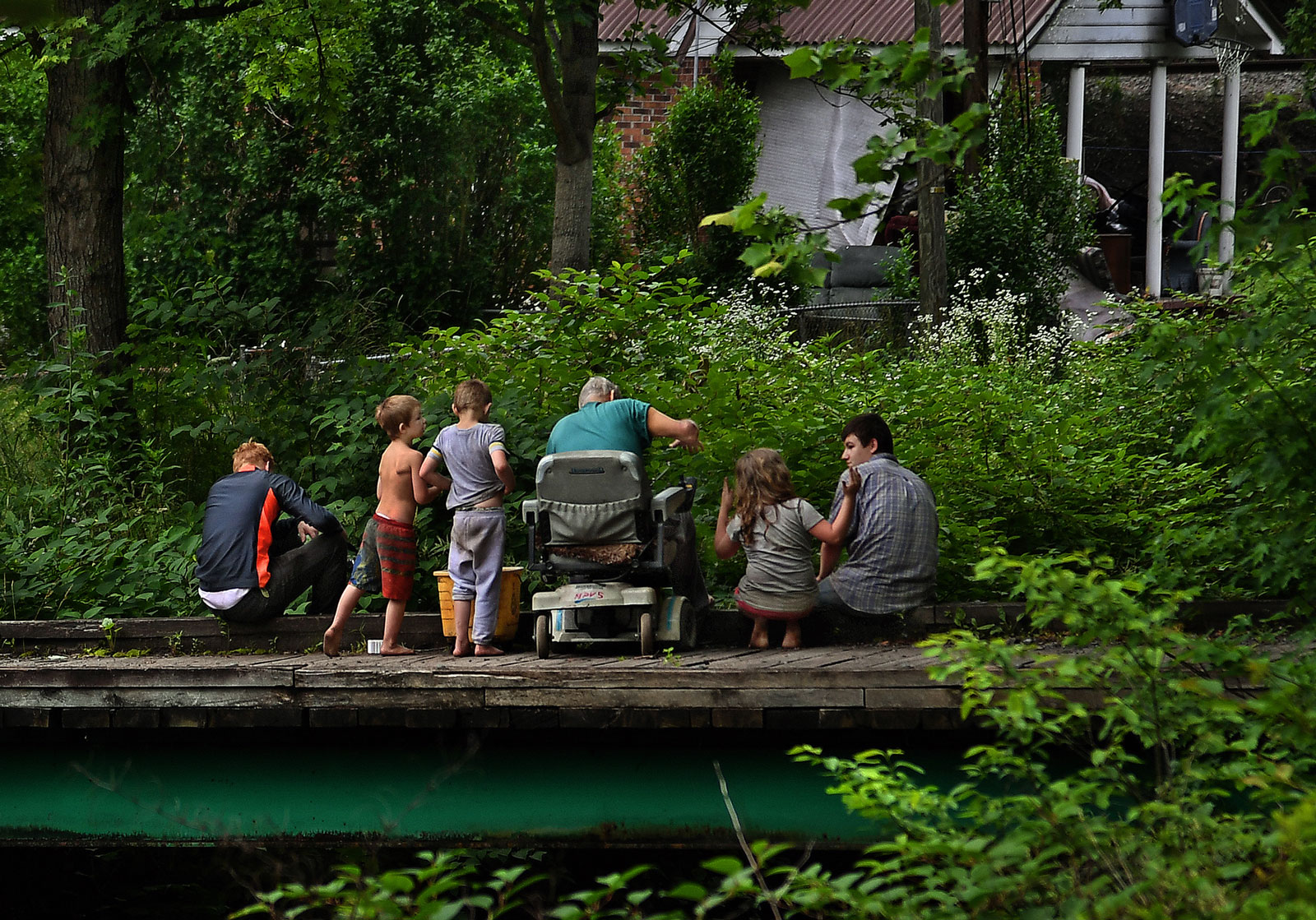
Michael S. Williamson / The Washington Post via Getty Images
People, Hilliard said, face a grave risk in “the way that climate disaster breaks up communities, so that communities may no longer be able to share food and music traditions.” Visionary folklore is, in part, about trying to restore, replace, and sustain these things, while finding ways to bulwark and adapt traditions for an uncertain future.
Climate change, like the coal industry that fostered it, threatens to rewrite some of the region’s cultural memory. Hilliard recalls members of the Scotts Run Museum in Osage, West Virginia, a place where town elders regularly play music, tell stories, and share meals, talking of rising floodwaters threatening their community gathering spaces. She sees collaboration with communities to preserve these important community resources as part of her life’s work.
As she strives to help communities sustain old traditions, Hilliard sees new ones emerging as coping strategies for a world in which foundations are shifting. As floods have repeatedly swept through Appalachia, she has seen communities come together to repair and replace family quilts, musical instruments, and other heirlooms and keepsakes, some of which were painstakingly crafted by hand and many of which have been handed down through generations. Community members in Scotts Run established “repair cafes” where people with various skills helped neighbors recover. Coal company towns’ often hardscrabble existence made such expertise necessary, and in an era of looming environmental destruction, those knowledge pathways allow people to simultaneously come together to grieve and to begin to rebuild their community. Such things are not limited to Appalachia, of course.
“There may exist beneficial practices and adaptations to crises within our historical and current practices,” said Kimi Eisele, a folklorist with the Southwest Folklife Alliance in Tucson, Arizona. Eisele, who is beginning a folklife project focused on climate change, manages Borderlore, a journal operated by the Southwest Folklife Alliance. It recently received a $150,000 grant to collect oral histories that amplify the environmental history and future of the Southwest through the eyes of Indigenous peoples, immigrants, and other historically excluded people.
In southern Arizona, where Eisele lives and works, triple-digit temperatures, aridity, and groundwater depletion present a dire threat to agriculture and even long-term human settlement. Many of the interviews Eisele and others have collected focus on the impacts of climate change on Indigenous traditions and how those traditions are changing. The Tohono O’odham, whose ancestral land is divided by the border with Mexico, have for example long relied on willow for basket-weaving, but as farms and groundwater diversion have lowered the water table, willows have dried up and died. Basket-weavers now use the hardier yucca plant. Climate change is also causing traditional adobe homes to crack and decay; Native architects are working to shore them up and explore how modern technology can preserve them, even as the structures provide a model for building cooler, more energy-efficient homes.
The interviews describe adaptations made over millennia that still work – mind-boggling, perhaps, to a society that has managed to nearly deplete its resources in just a few hundred years. The Hopi, Tohono O’odham, Diné, and other peoples have weathered climate fluctuations, droughts, floods, and famine in the tens of thousands of years they’ve lived in the Southwest. Hopi farmer Michael Kotutwa Johnson, who raises corn, believes that heritage provides essential tools for adapting to the climate crisis. He is working to ensure others learn to use them.
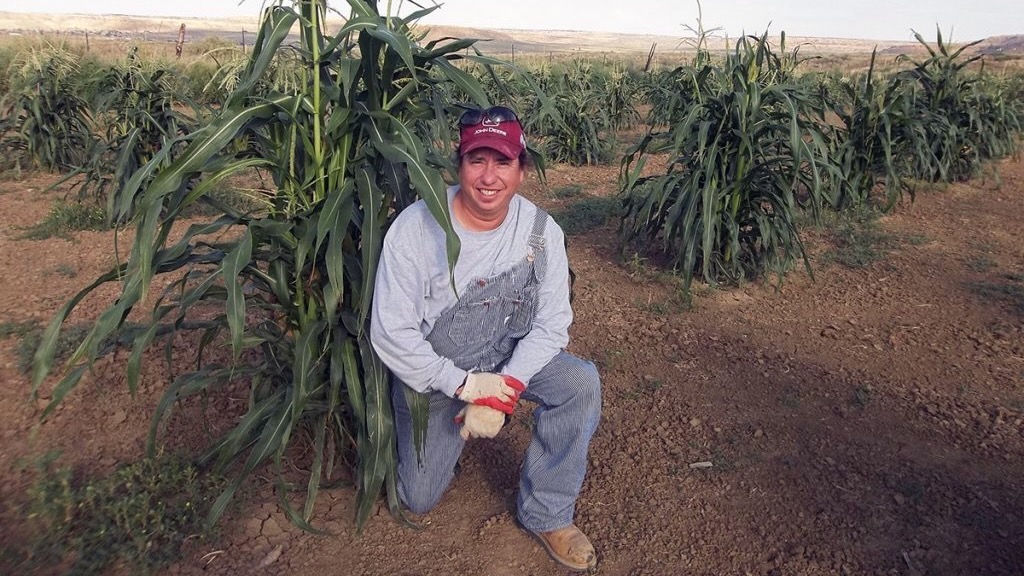
Courtesy Kimi Eisele and Borderlore
“As Hopis, we adjust to these environmental fluctuations,” Johnson told Eisele in an interview for the Climate Lore oral history series. “It’s part of our faith.” Even if this period of climate crisis is unprecedented and unpredictable, Johnson says, he feels prepared to bear it out.
Johnson is a dryland farmer, meaning he uses traditional farming methods that don’t require irrigation. He relies on the annual monsoon to water his fields, and on what he knows of the land to prepare for the season ahead. In 2018, for example, he realized early on that a drought was intensifying because “biological indicators that usually appear in April weren’t there,” he told Eisele. “Plants weren’t greening up, so we knew the soil moisture wasn’t going to be there.” In response, he and other Hopi farmers planted only a quarter of their usual crop to avoid depleting the soil. What he describes as “bumper” years can take communities through leaner times — if everyone is careful and pays attention.
“We’ve had a system in place to handle a lot of it. We plant enough to last three to five years,” Johnson told Eisele. “When you have everybody doing that, then you have to have a good supply to get through climatic changes.”
He hopes other farmers, particularly Native farmers, collaborate in practicing regenerative agriculture rather than relying on destructive groundwater withdrawal to maintain crops the desert simply can’t support. Eisele finds stories like Johnson’s invaluable in helping people everywhere adapt. “We are really looking at folklife as a tool for liberation,” she said.
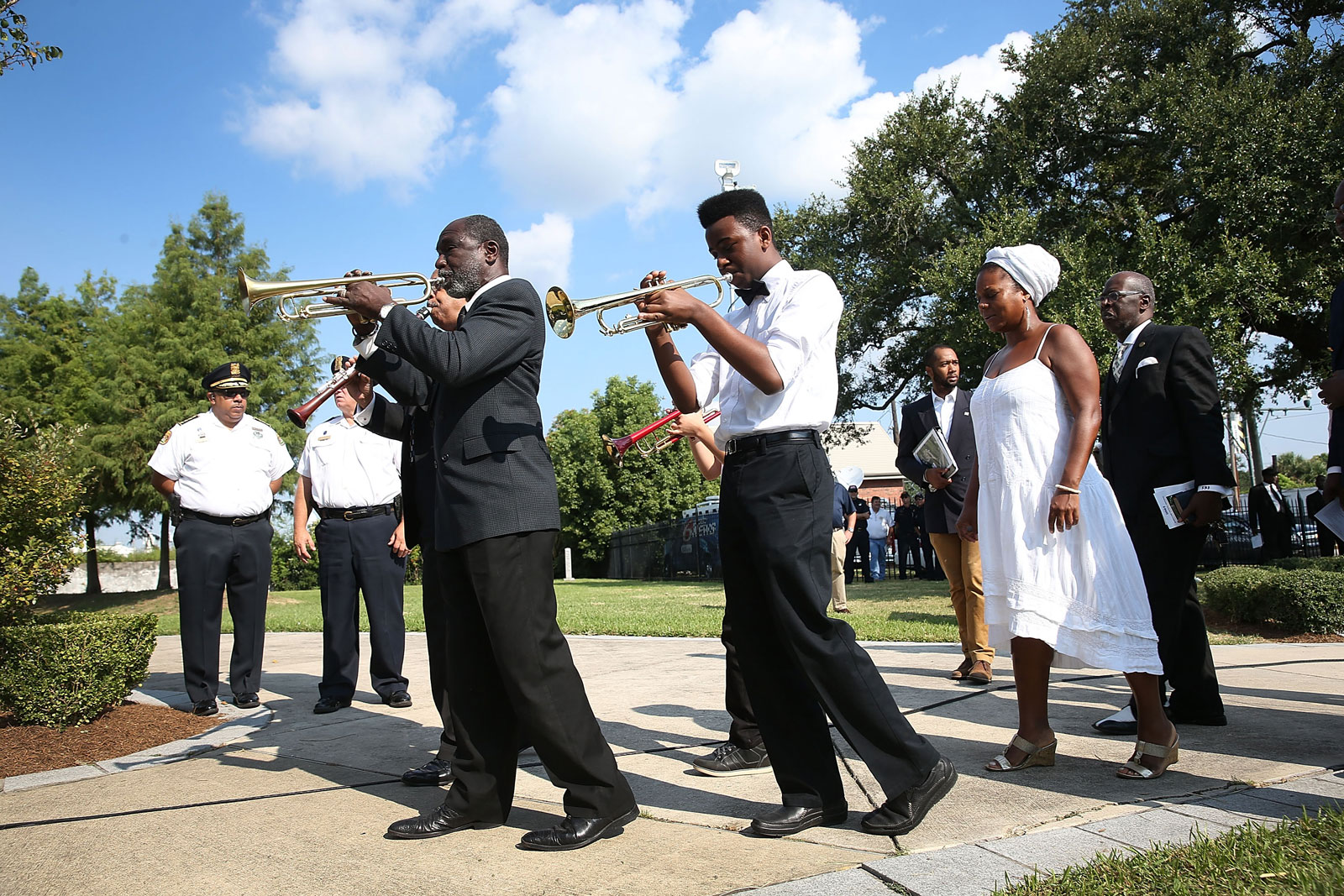
Along the Gulf Coast of Louisiana, Maida Owens, takes such work a step farther, trying to use folklore to shape public policy and make the world more welcoming toward those displaced by the climate crisis.
The Bayou State has been losing up to 35 square miles of coastland each year for the better part of a century. As erosion and rising seas have remade the state, entire communities have had to move. Climate migration, new to some parts of the world, is as much a fact of life for Louisianans as the changing of the tides.
Even as Louisiana has focused on reclaiming lost land and restoring coastal wetland, Owens has urged special attention to adaptation, teaching people in harms’ way how to adjust their ways of life without losing what’s most important to them. She works with the Bayou Culture Collaborative, which brings together tradition bearers from impacted communities to talk “about the human dimension of coastal land loss” so residents, and their elected leaders, can better plan for the migration already afoot. Research has shown that when people make the difficult decision to pack up and leave, most of them go only a few miles.
“People from all over the coast are starting to leave and move inland,” Owens said. In the parlance of her field, the places they leave behind are “sending communities”; where they’re headed, “receiving communities” await them. Owens has begun to convene meetings online and in receiving communities to discuss cultural sensitivity to help people prepare for their new neighbors, knowing that migration can exacerbate class and racial tension.
In the Louisiana folklife program’s ongoing “Sense of Place – And Loss” workshop series, Owens hosts discussions about the future of bayou traditions to collectively imagine what the near future might look like as the Gulf Coast changes. Artists, other tradition bearers, and community leaders are invited to envision how they might make their towns and counties more welcoming for climate migrants, and Owens assists them in developing concrete action plans. Such an effort includes having receiving communities inventory their cultural and economic resources to see what they can offer newcomers, invest in trauma-informed care for disaster survivors, and consider what they might need to make themselves ready to integrate newcomers.
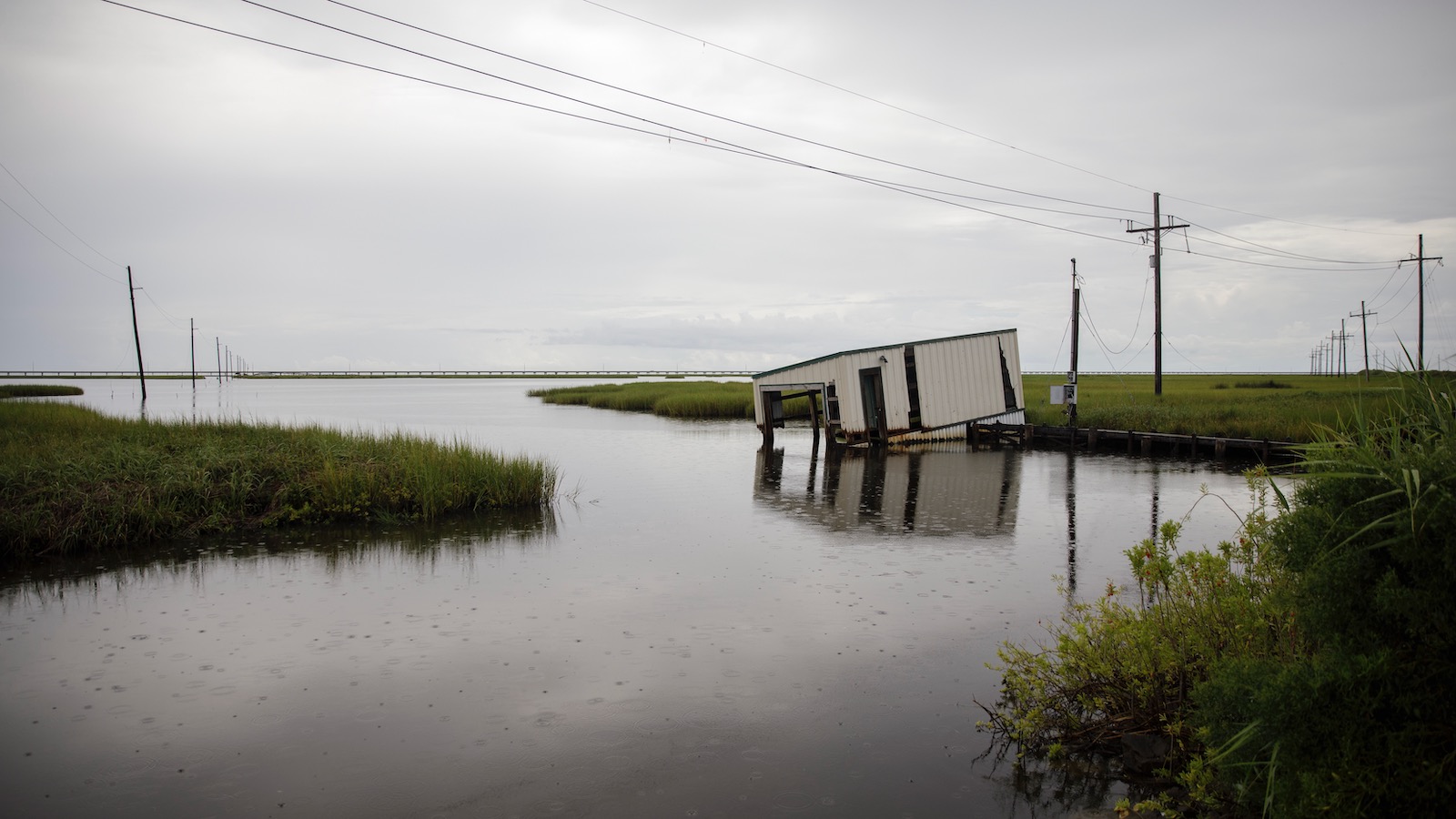
The Louisiana state coastal protection and restoration authority has identified some towns that might have the capacity, and need, for more people; many of these places have the space but lack the social infrastructure to support the continuation of rural peoples’ foodways and artistic traditions. Though receiving communities may not be far away, those most vulnerable to displacement are often Indigenous, French-speaking, or otherwise culturally distinct, and moving even a short distance can expose them to unfamiliar circumstances. In her workshops, Owens is proposing ideas lifted in part from the adaptation strategies immigrants often rely upon, like cultural festivals and an emphasis on cultural exchange and language education. In a recent project, several coastal parishes (what Louisianans call counties) near Terrebonne created a collaborative quilt at a regional community festival as a way to draw attention to the beauty and ancestral importance of their wetlands and deepen their connections with one another.
That’s where Owens hopes folklorists can affect policy change, too. Owens is keeping a close eye on the state’s Coastal Master Plan, providing feedback with an eye towards supporting the culturally rich, and vanishing, coastal parishes. The Louisiana Folklore Society has urged the state to conduct its planning with respect to the desires and needs of the people who live on the coast, prioritizing engagement before any major mitigation project, and saving habitat not merely for its inherent value but also for its importance to the coastal tribes it sustains.
Though climate disasters have already thrown towns along the Louisiana coast and beyond into disarray and prompted seismic changes in how residents live, this is just the beginning. As floods and fires, droughts and erosion, and the myriad other impacts of a warming world wreak greater havoc, some of the answers to the crisis won’t be found in engineering or science, but in the cultural fabric that binds us together.
